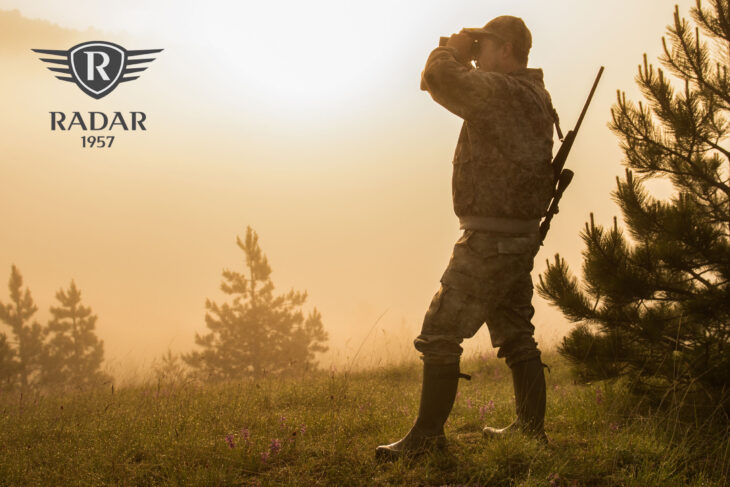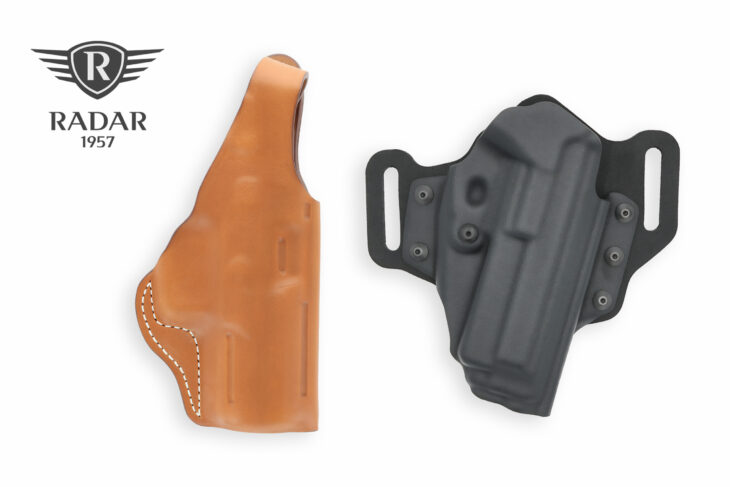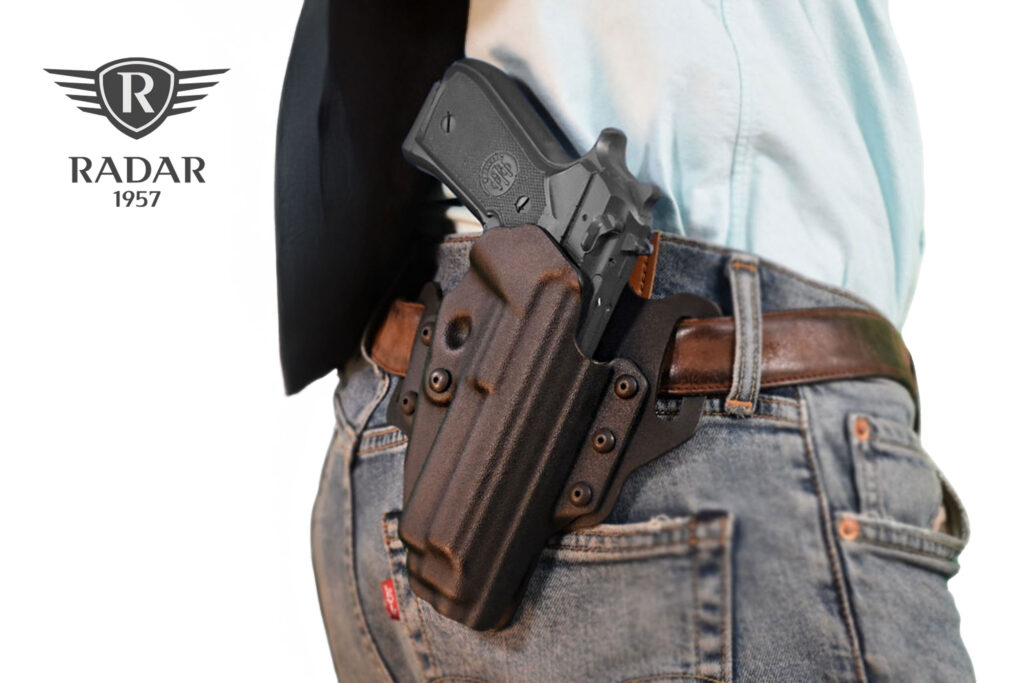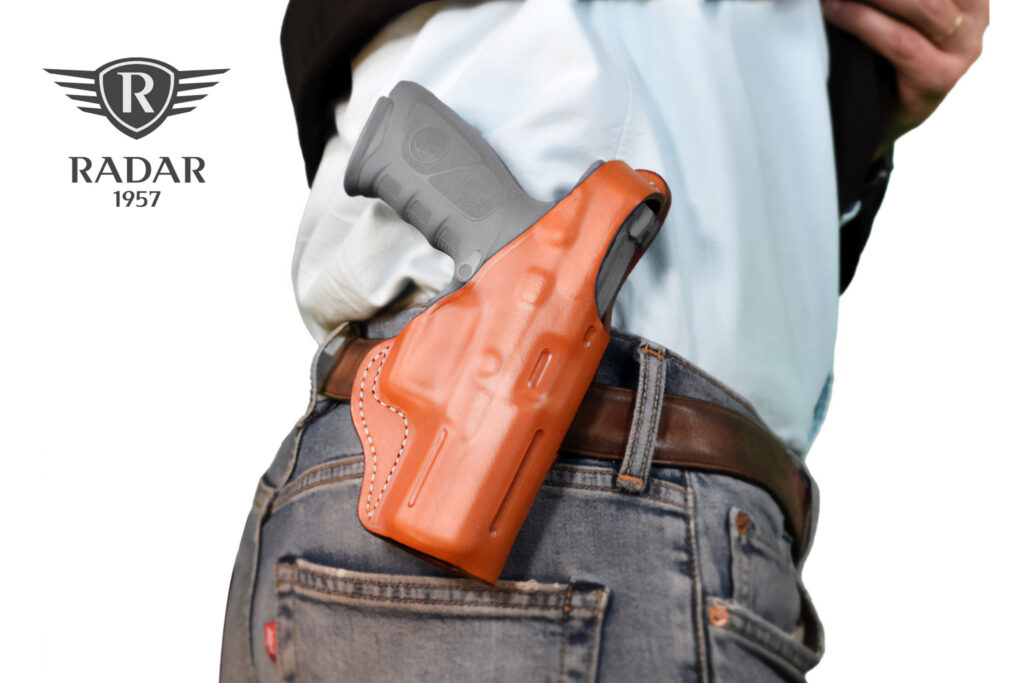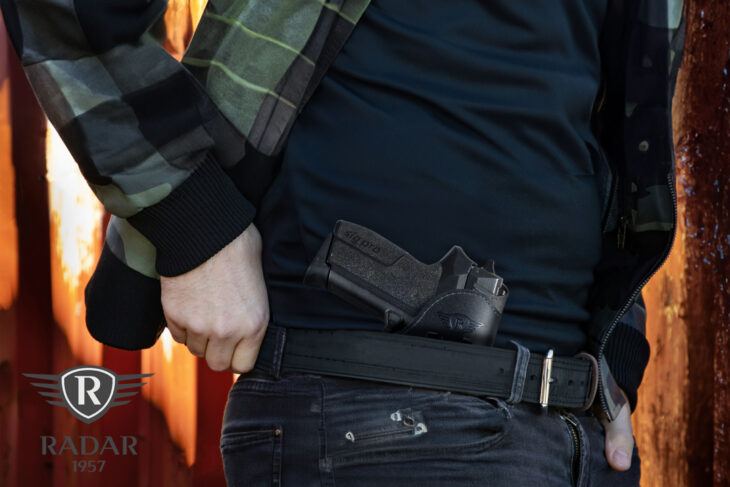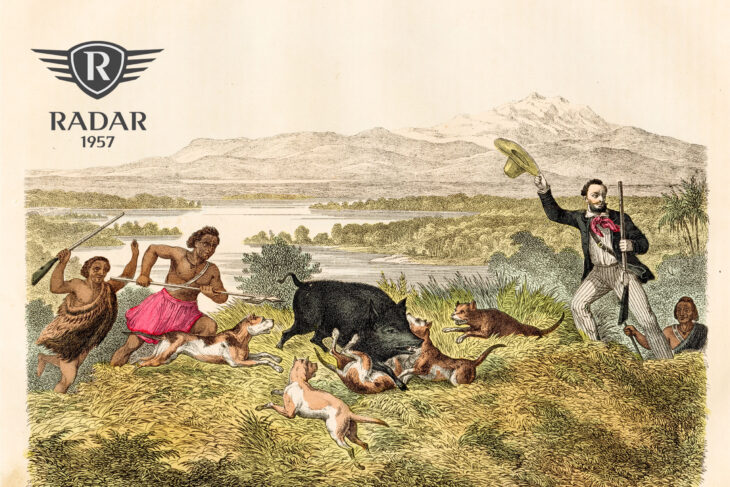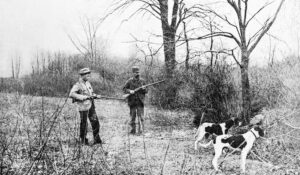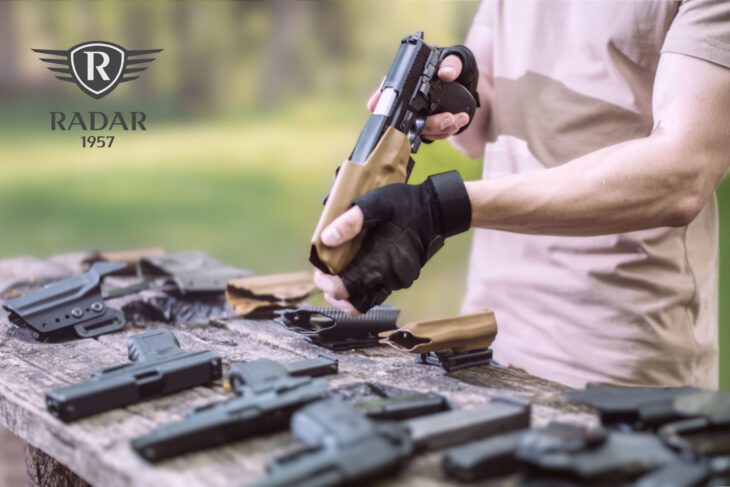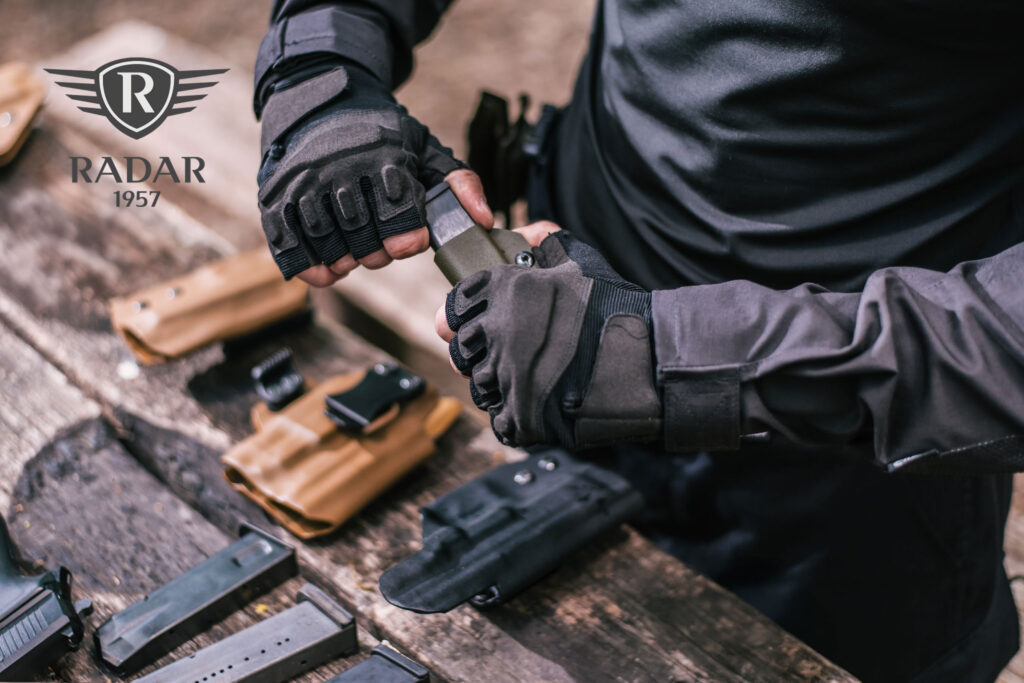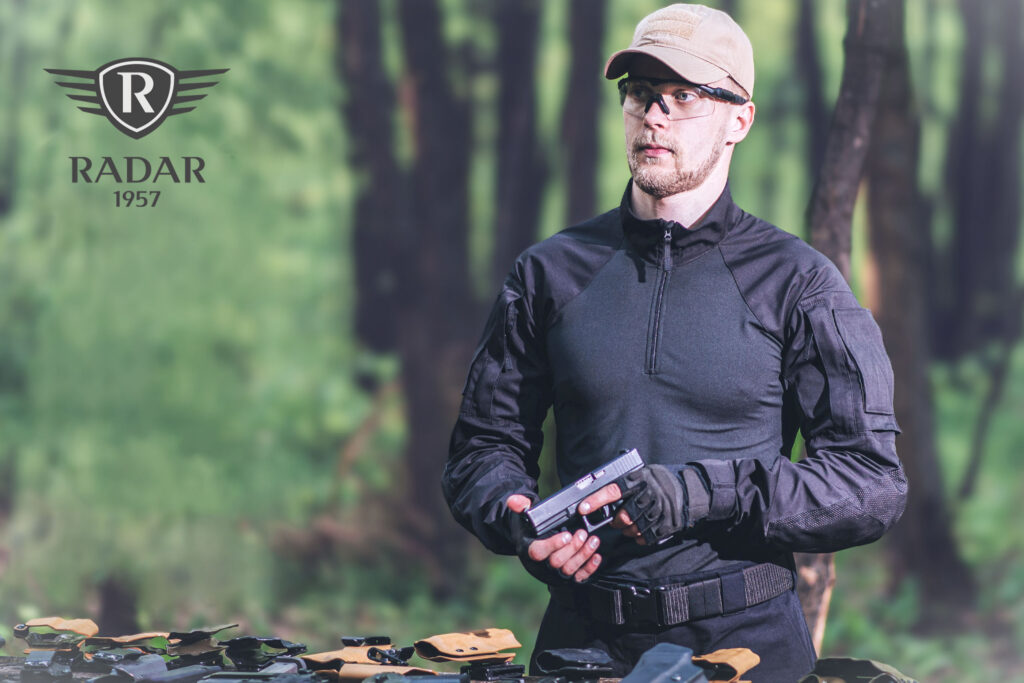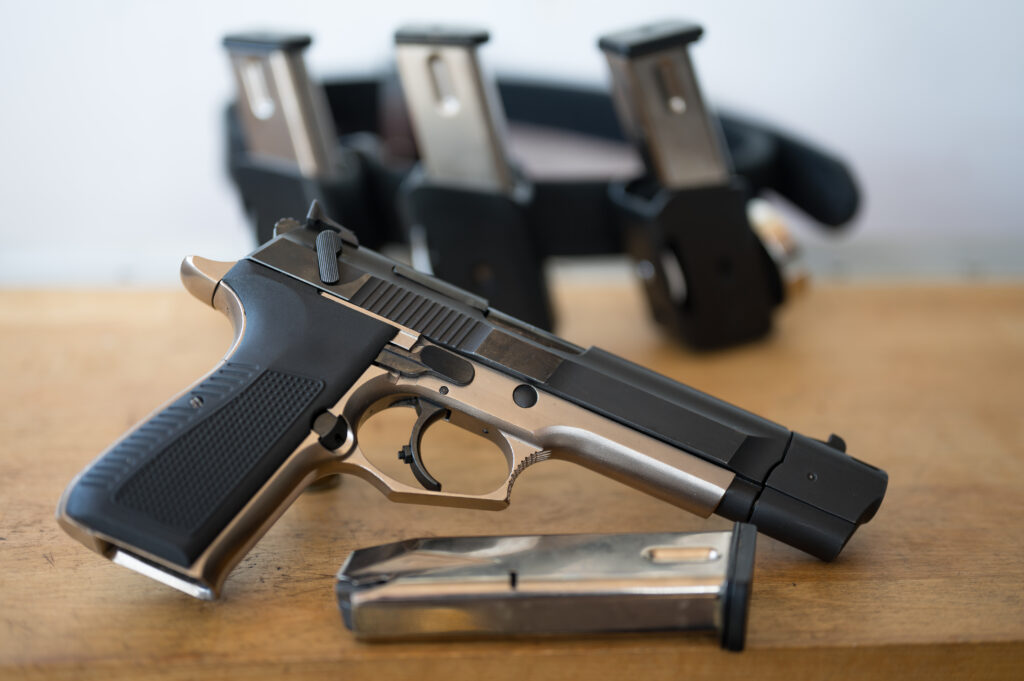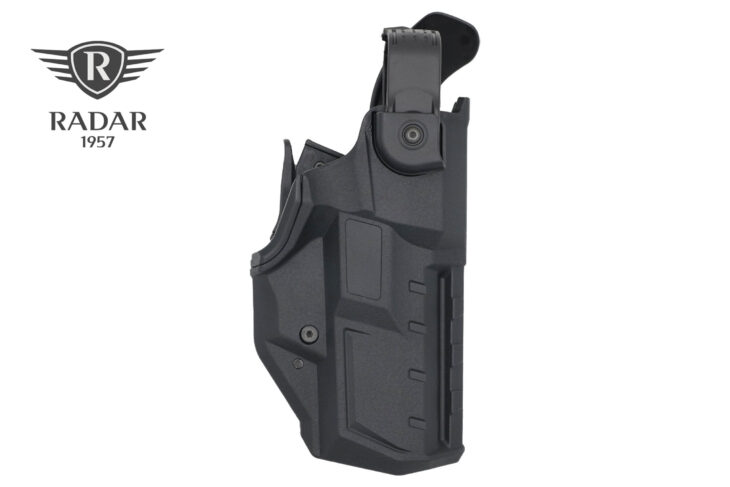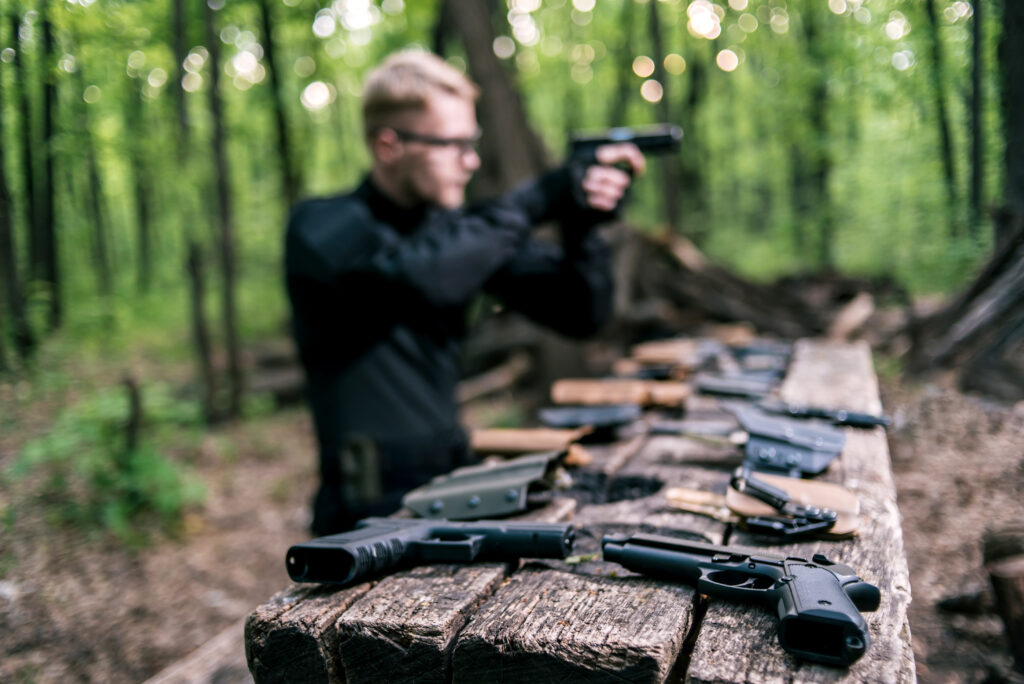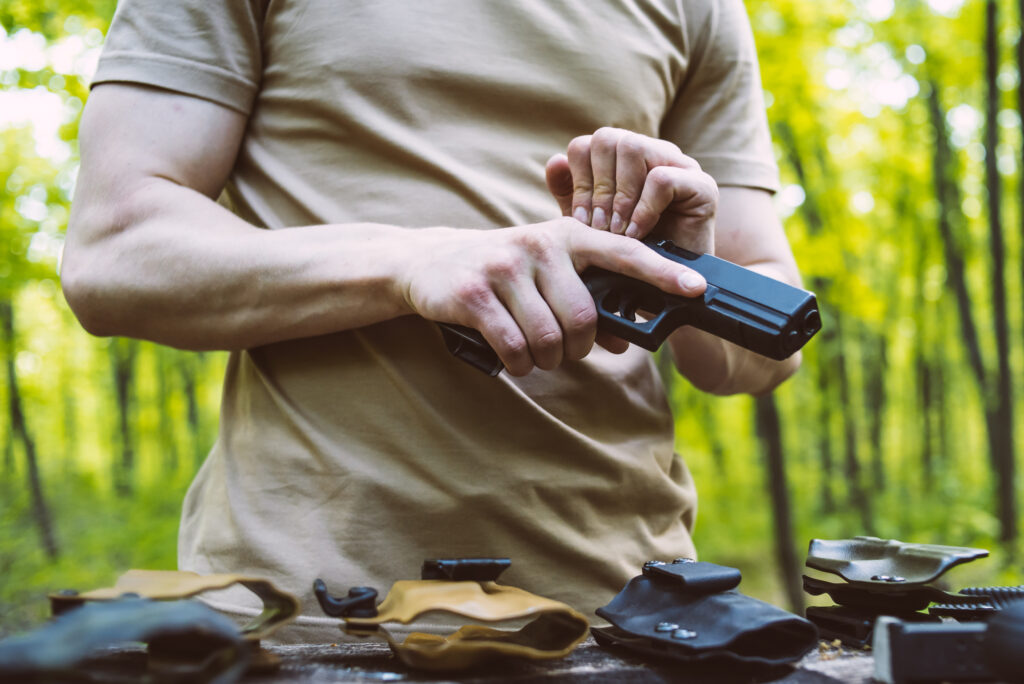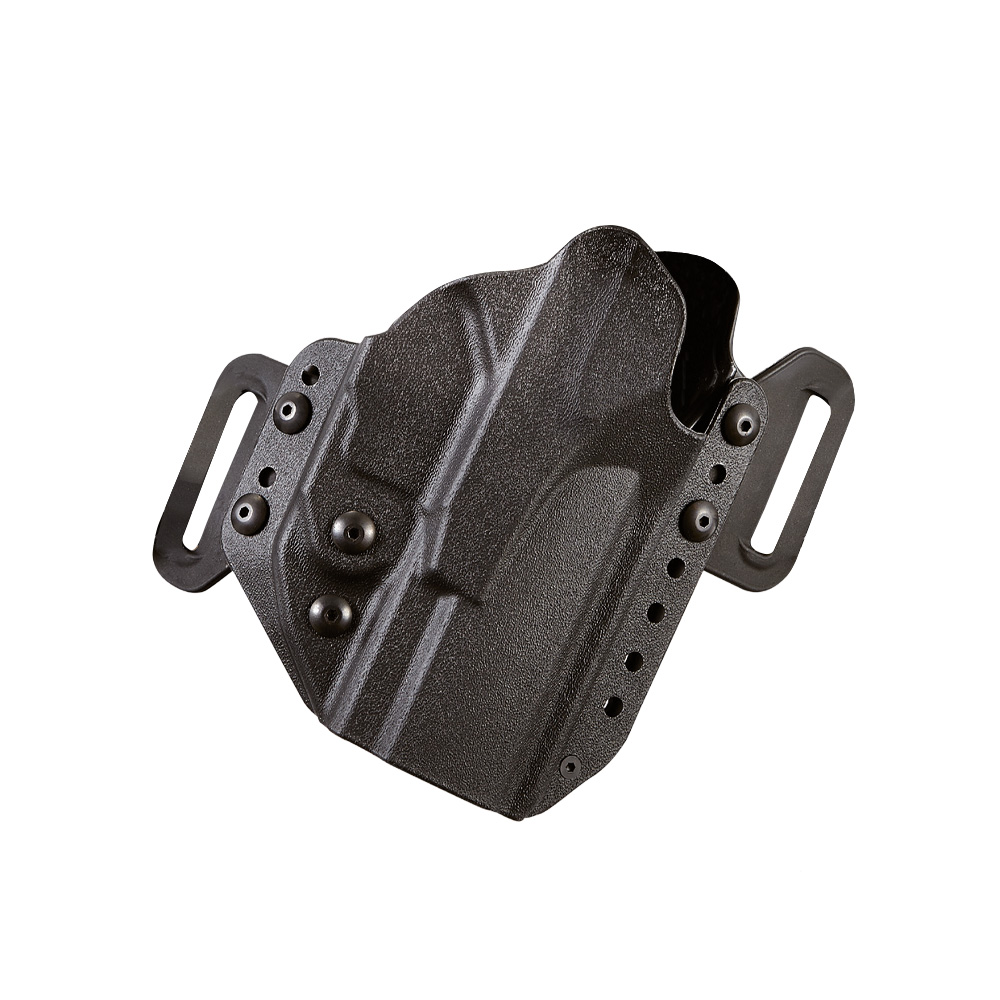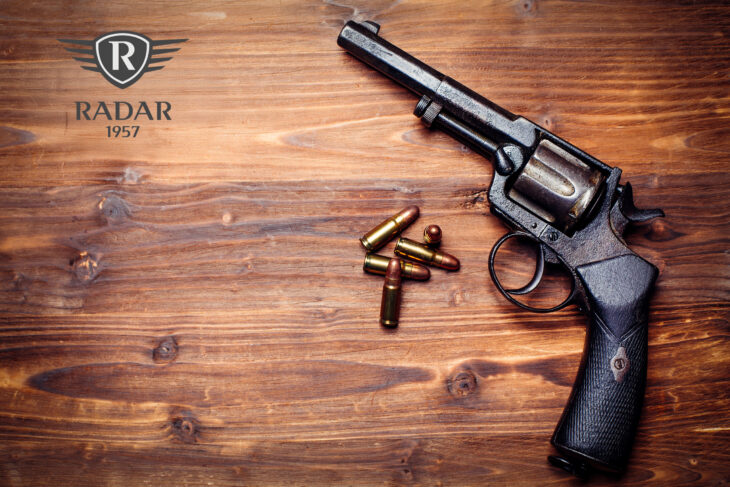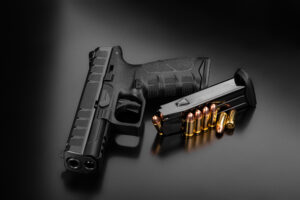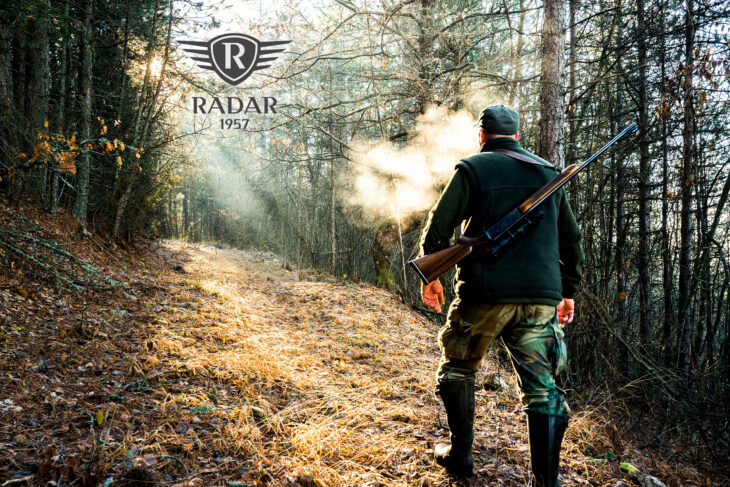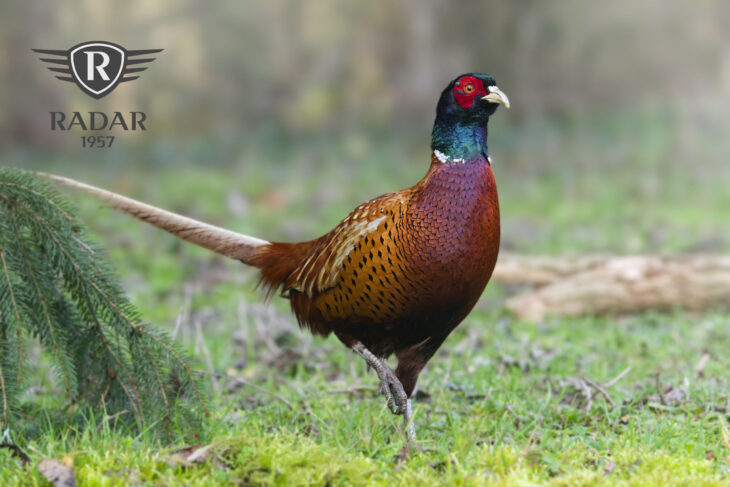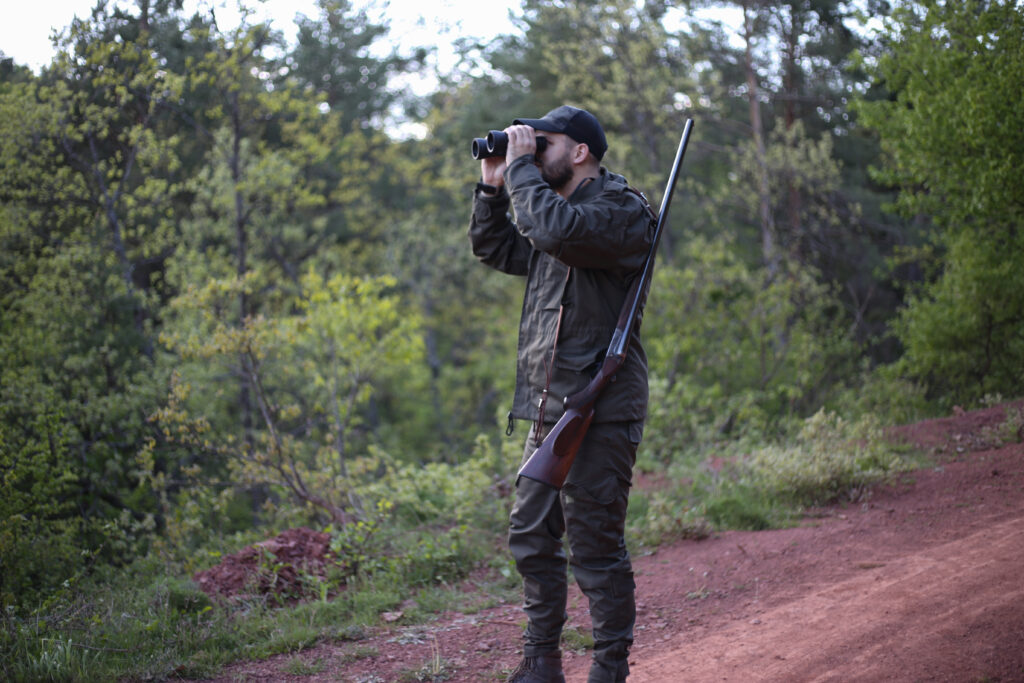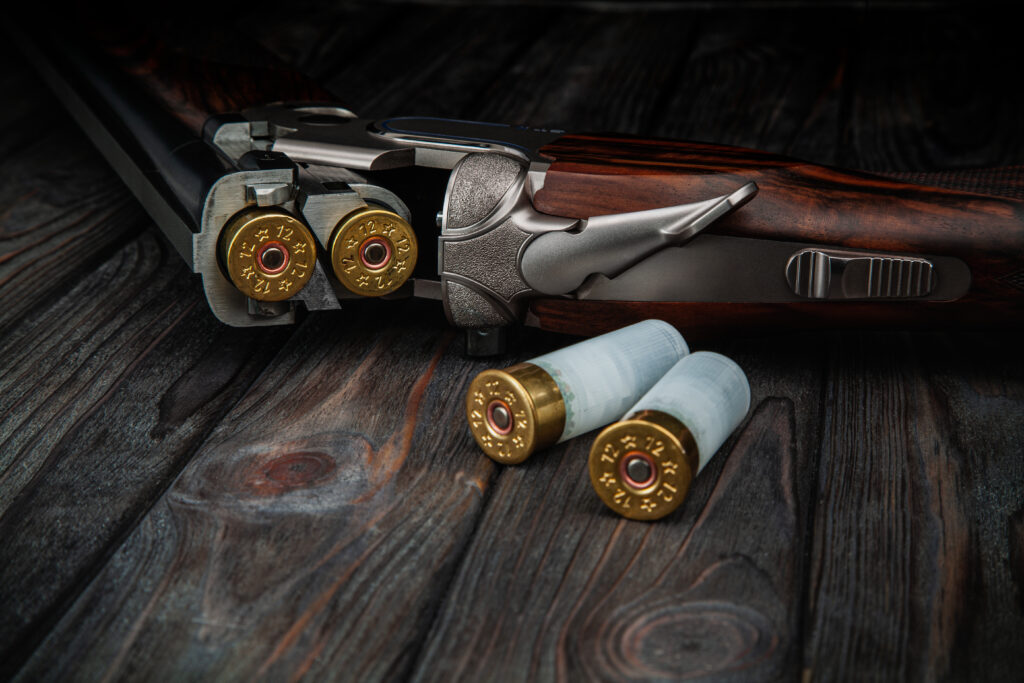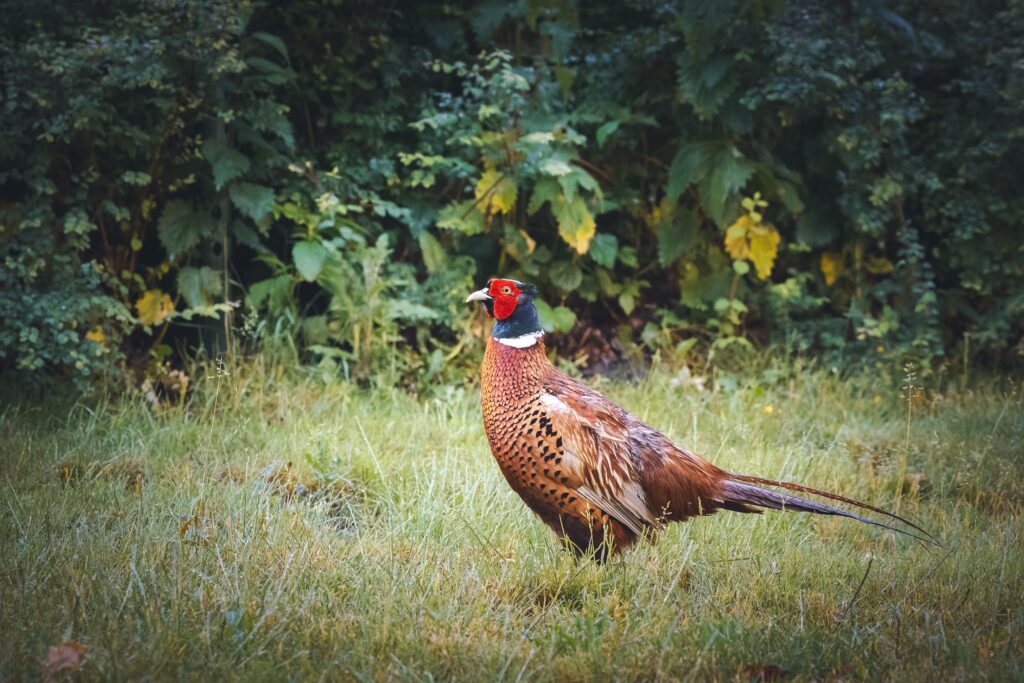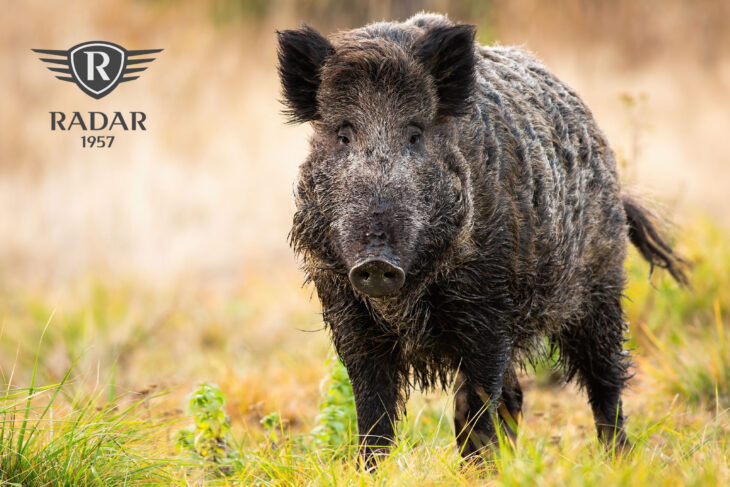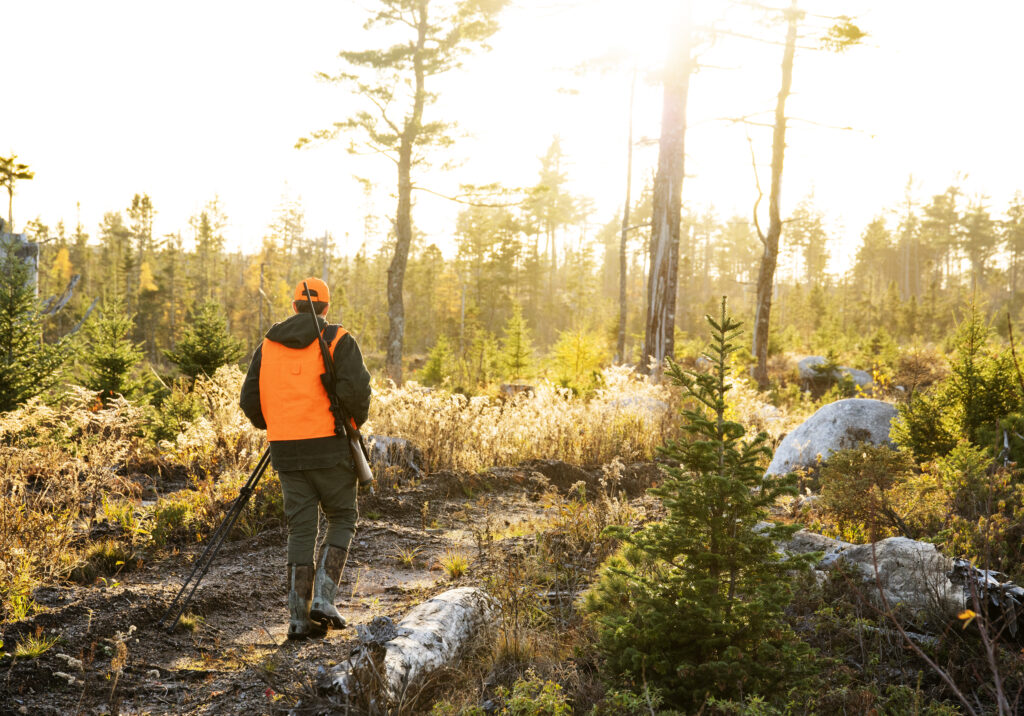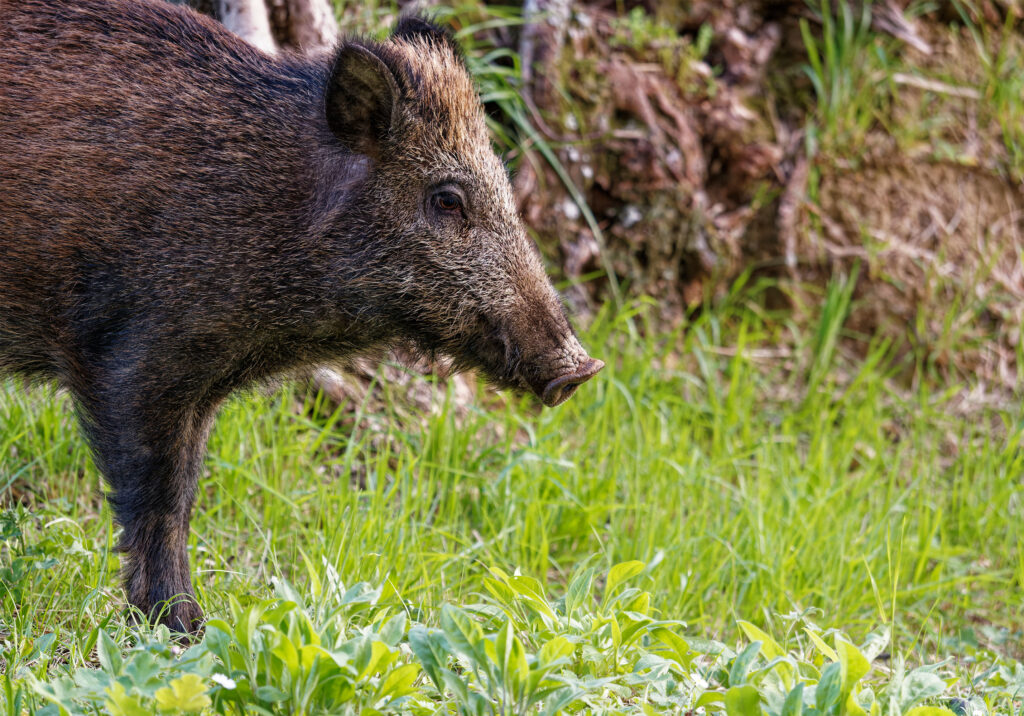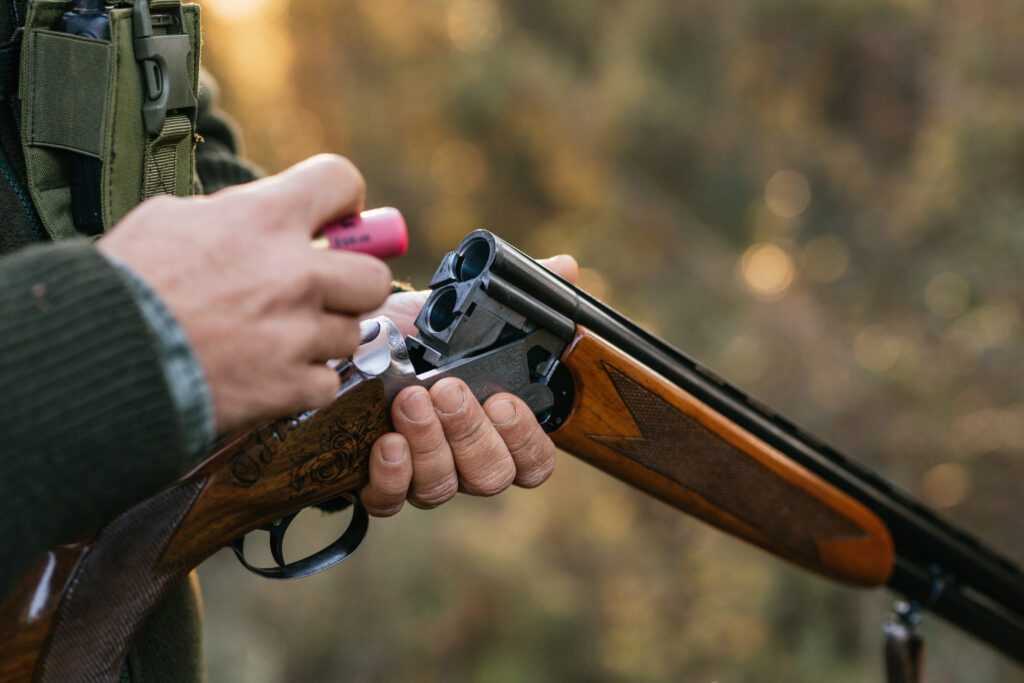Hunting activity in Italy is regulated by a complex regulatory framework that protects both hunters’ rights and wildlife conservation. In this comprehensive guide, we will analyze all the fundamental aspects of hunting legislation in our country, from required licenses to penalties for those who do not comply with regulations.
Regulatory Framework Reference
The Italian legislative system regarding hunting is based on a hierarchy of norms that starts from national legislation up to regional legislation. The fundamental framework law is No. 157 of 1992, “Rules for the protection of homeothermic wildlife and hunting,” which revolutionized the approach to hunting management in our country. This legislation introduced innovative principles, balancing hunters’ needs with the necessity to protect biodiversity.
- Defines general principles for wildlife protection
- Establishes hunting activity procedures
- Determines huntable species
- Regulates license issuance
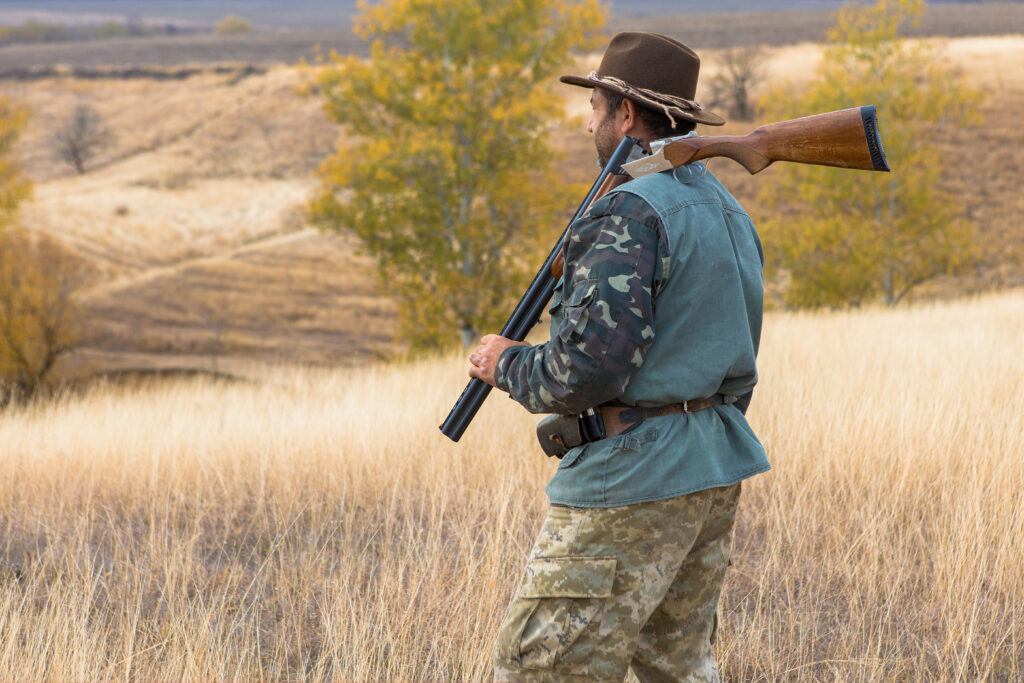
How to Obtain a Hunting License
The path to becoming a hunter in Italy requires dedication, study, and compliance with precise requirements established by law. It’s not just a simple administrative permit, but a true qualification that certifies the hunter’s competence both theoretically and practically. The license obtaining process can take several months and involves mandatory steps that ensure the future hunter’s preparation.
- Minimum age: 18 years
- Passing the hunting qualification exam
- Medical certificate of physical and mental fitness
- Mandatory civil liability insurance
- Payment of government concession fees
- Firearms license for hunting use
Hunting Periods and Calendar
The temporal management of hunting activity is one of the most delicate aspects of Italian regulations. The legislator has provided very precise regulation of hunting periods, calibrated to ensure the sustainability of hunting and species conservation. These periods have been established considering wildlife biological cycles, with particular attention to reproduction and migration periods of different species.
- The general hunting season runs from the third Sunday of September to January 31st
- Hunting is prohibited on Tuesdays and Fridays
- Activity is allowed from one hour before sunrise until sunset
- Specific calendars exist for certain species
Huntable Species and Wildlife Protection
Italian legislation adopts a conservative approach in defining huntable species, based on scientific studies and constant monitoring of wildlife populations. The list of huntable species is periodically updated based on assessments of different species’ conservation status and takes into account international agreements on wildlife protection.
- Species allowed for hunting
- Specific periods for each species
- Protected areas and natural parks where hunting is prohibited
- Wildlife territory management methods
Safety and Weapons Regulations
Safety in hunting activity represents an absolute priority in Italian legislation. Regulations regarding hunting weapons are particularly stringent and aim to prevent accidents and improper use. The regulation provides a series of obligations and restrictions that every hunter must know and strictly respect, from weapon custody to their use in the field.
- A specific hunting firearms license is mandatory
- Weapons must be reported to public security authorities
- Transportation and custody regulations must be respected
- There are limitations on magazine cartridge numbers
Penalties and Punishments for Illegal Hunting
The sanctioning system for hunting is structured on multiple levels of severity and provides both administrative and criminal penalties. This differentiated approach allows calibrating the punitive response based on the infraction’s severity. The most severe sanctions are provided for behaviors that risk protected species conservation or can cause significant damage to the ecosystem.
- Administrative sanctions for minor violations
- Criminal penalties for more serious offenses
- License suspension or revocation
- Seizure of weapons and used material
Conclusions and Recommendations
Hunting practice in Italy requires thorough preparation and constant updating on current regulations. Compliance with rules not only ensures hunting activity legality but also contributes to national wildlife heritage conservation. It’s essential that every hunter approaches this activity with maximum seriousness and responsibility. Your safety is our priority! To practice hunting activity in total safety and in compliance with regulations, it’s essential to equip yourself with professional and certified equipment. If you’re looking for high-quality hunting equipment, we invite you to visit Radar 1957, the reference point for demanding hunters.
Discover our selection of hunting products
At Radar 1957 you’ll find everything you need:
- Certified technical clothing
- Safety accessories
- Specialized equipment
- Products from the best brands

